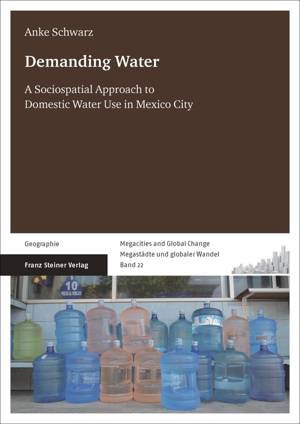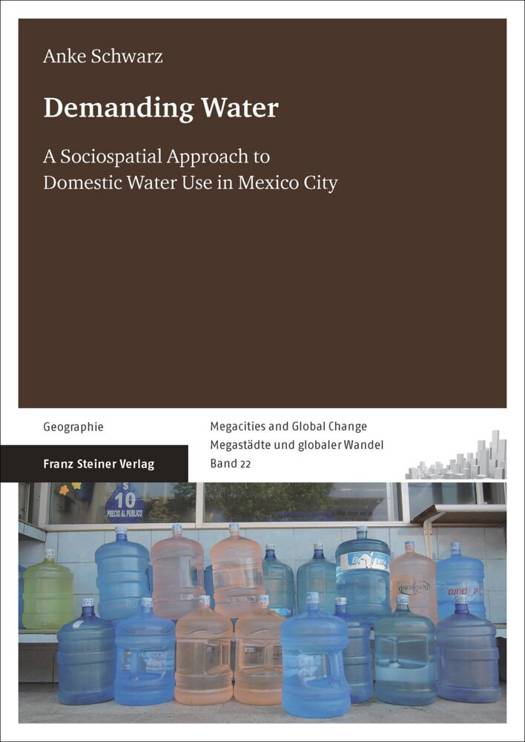
- Afhalen na 1 uur in een winkel met voorraad
- Gratis thuislevering in België vanaf € 30
- Ruim aanbod met 7 miljoen producten
- Afhalen na 1 uur in een winkel met voorraad
- Gratis thuislevering in België vanaf € 30
- Ruim aanbod met 7 miljoen producten
Zoeken
€ 130,95
+ 261 punten
Omschrijving
In the essentially water-rich basin of Mexico City, water taps are now installed in most homes. Yet in many of the city's poorer neighborhoods in particular, water is supplied intermittently and taps often remain dry. How does such a socially constructed water scarcity affect water-related everyday practices in the home? And what is the relation between urban space and domestic practices of water use? In this study, Anke Schwarz employs a sociospatial approach which infuses Pierre Bourdieu's Theory of Practice with a relational understanding of space. She draws upon in-depth interviews with 53 residents of Mexico City's Federal District, taking subjective experience as a starting point, and adds a historical angle through the instrument of habitat biographies. With respect to the pressing issue of urban water supply, Schwarz offers a fresh perspective to urban geography by placing an emphasis on a sociospatial approach on the micro scale. She demonstrates how water use can be a demanding everyday task even in cities where virtually all dwellings do have water taps. Rooftop tanks and jugs of bottled water are only the most visible tokens of the differences made by such supply limitations.
Specificaties
Betrokkenen
- Auteur(s):
- Uitgeverij:
Inhoud
- Aantal bladzijden:
- 274
- Taal:
- Engels
- Reeks:
- Reeksnummer:
- nr. 22
Eigenschappen
- Productcode (EAN):
- 9783515116862
- Verschijningsdatum:
- 1/09/2017
- Uitvoering:
- Paperback
- Formaat:
- Trade paperback (VS)
- Afmetingen:
- 168 mm x 239 mm
- Gewicht:
- 476 g

Alleen bij Standaard Boekhandel
+ 261 punten op je klantenkaart van Standaard Boekhandel
Beoordelingen
We publiceren alleen reviews die voldoen aan de voorwaarden voor reviews. Bekijk onze voorwaarden voor reviews.











